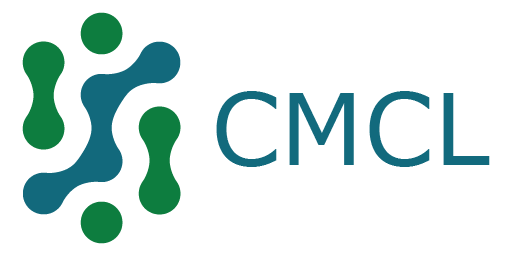We are committed to environmental responsibilities and to ensure that this commitment will also transcend to our customers via our services and solutions.
By nature, sustainable development applications go beyond a specific sector or discipline, thus prompting the need for cross-domain interoperability. Our 2020 digitalisation strategy CDES naturally lends itself to addressing such inter-disciplinary and cross-domain issues.
Air quality is one of the major issues specifically in areas with local concentration of human activities, i.e. big cities, shipping ports, industrial complexes, etc. It creates hurdles towards continued development, where human exposure to the toxic pollutants, e.g. that of NOx and particulates, can cause serious health issues. Adding to the challenge, is diverse and distributed sources of pollution as well as the multiple variables affecting that.
Conventionally, this issue is being considered across domains (e.g. weather, traffic, location, etc.) generally in a bespoke manner, where information is held in silos. However, this limits the effectiveness of actions due to its inconsistent, time and energy-intensive nature to connect these seemingly non-related domains.
CMCL addresses these cross-domain interoperability challenges via a consistent digital methodology entailing ontologies and AI, thus enabling seamless, real-time communications across domains and support decision making process. For example, the use case below demonstrates the tracking of the locations of ships and the resulting dispersion of emissions in the selected local region based on interoperability between multiple data sources and software.

